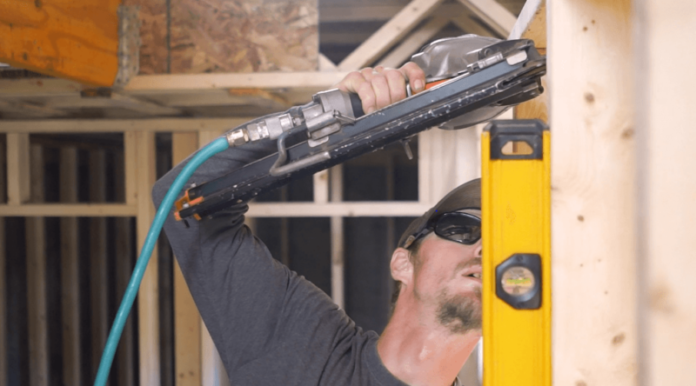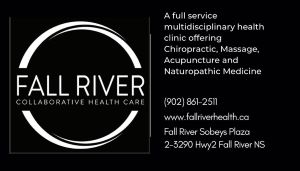DARTMOUTH: Construction Safety Nova Scotia has introduced new resources for construction employers around repetitive strain injury in honour of RSI Day on Feb. 28.
The International Repetitive Strain Injury (RSI) Awareness Day aims to raise awareness of RSIs (also known as musculoskeletal injuries), which are a family of painful disorders affecting tendons, muscles, nerves and joints in the
neck, upper and lower back, chest, shoulders, arms, and hands.
“These types of injuries can be debilitating for a worker, causing them to not only miss time from work but it also significantly decreases their quality of life,” said MJ MacDonald, CEO of Construction Safety Nova Scotia (CSNS). “It might not be as high-profile as some other areas of safety in construction, but musculoskeletal injuries and proper ergonomics deserve equal attention on construction sites.”
RSIs account for 40 percent of all time loss claims in the construction sector in Nova Scotia at an average claim cost of $7,700, according to data from the Workers’ Compensation Board of Nova Scotia.
Back injuries are the most common in the construction sector among this classification of injury, accounting for 34 percent of the musculoskeletal injury time loss claims, followed by leg injuries at 15 percent, and shoulders at 12 percent.
RSIs/MSIs commonly occur from lifting, vibration and force, pulling, pushing, bending, gripping, and
clenching. According to data from WCB NS, overexertion is the cause for 30 percent of time loss claims
for MSIs.
To help employers prevent these injuries, CSNS has released the following resources:
Toolbox talk on RSIs
Safe lifting poster
Social media graphics
Videos
Safe Work Practice (SWP) for team lifting
Safe Work Practice for manual material handling
Construction Safety Nova Scotia will also be hosting a live stream webinar that can be seen on Facebook and LinkedIn to educate members on the risks of repetitive strain injuries, common activities in the construction sector that put employees at risk, and how to mitigate these risks.



















